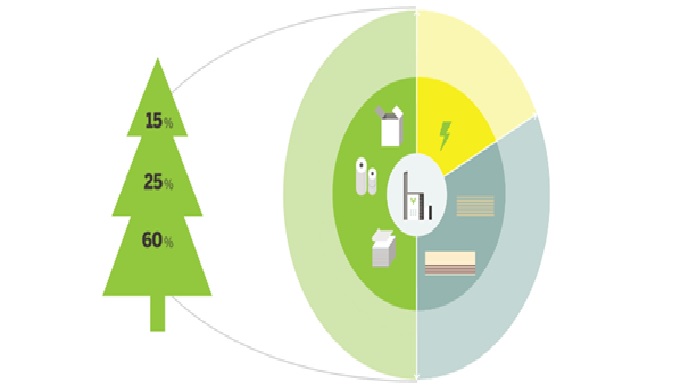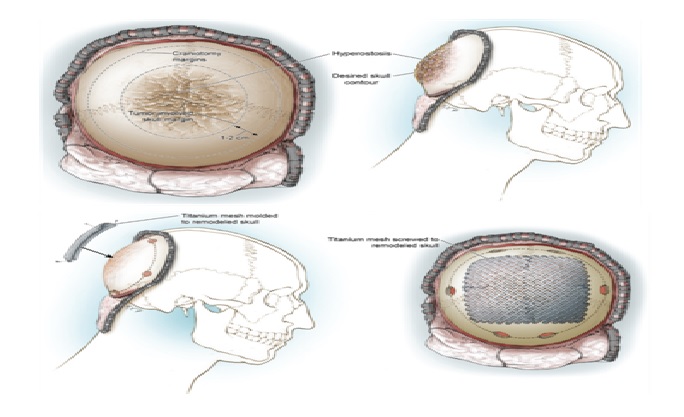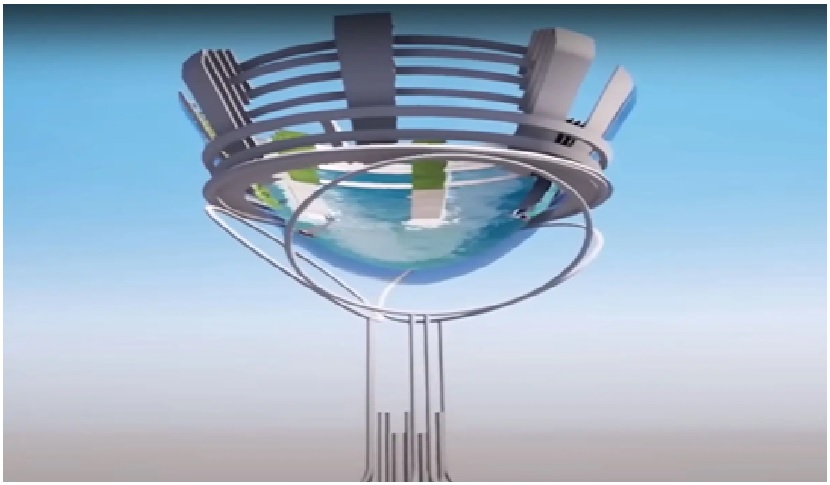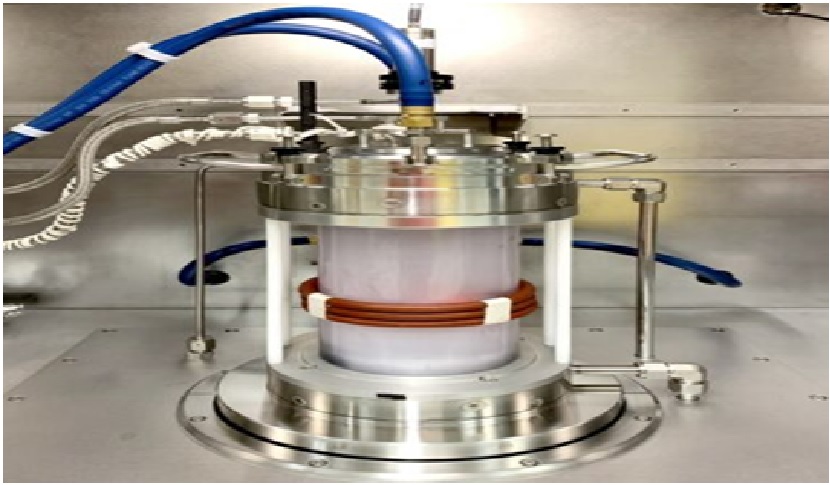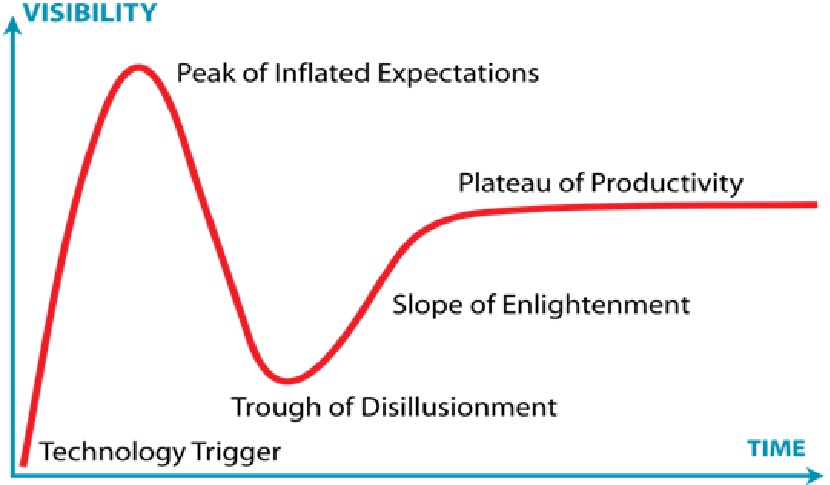Reciprocal Relationship Between Two Brains Working Memory
Neuroscientists at the Sainsbury Wellcome Center at UCL investigated the reciprocal interactions between two brain regions that represent visual working memory in mice. The team found that communication between these two loci of working memory, parietal cortex and premotor cortex, was co-dependent on instantaneous timescales.
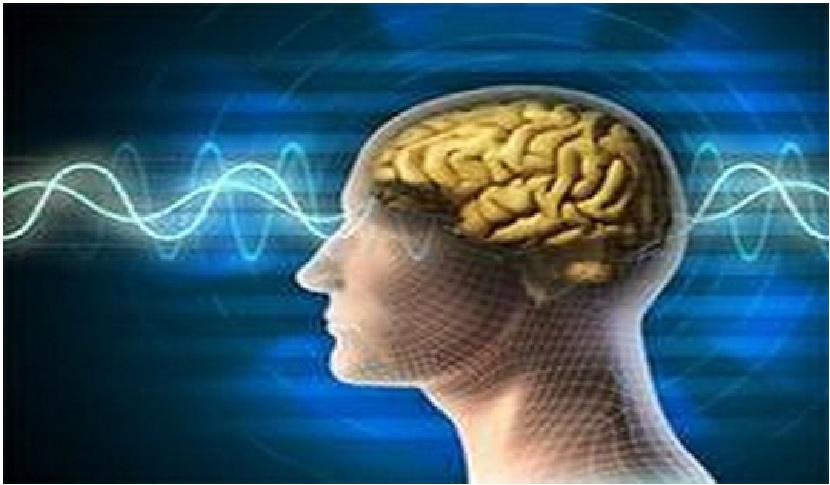
Figure 1. Communication between two brain working memory is co-dependent.
Figure 1 shows that there are many different types of working memory and over the past 40 years scientists have been trying to work out how these are represented in the brain, Sensory working memory in particular has been challenging to study, said Dr. Ivan Voitov. [1]
To overcome this challenge, the SWC researchers compared a working memory-dependent task with a simpler working memory-independent task. In the working memory task, mice were given a sensory stimulus followed by a delay and then had to match the next stimulus to the one they saw prior to the delay.
This meant that during the delay the mice needed a representation in their working memory of the first stimulus to succeed in the task and receive a reward. In contrast, in the working memory-independent task, the decision the mice made on the secondary stimulus was unrelated to the first stimulus.
By contrasting these two tasks, the researchers were able to observe the part of the neural activity that was dependent on working memory as opposed to the natural activity that was just related to the task environment.
They found that most neural activities were unrelated to working memory, and instead working memory representations were embedded within ‘high-dimensional’ modes of activity.
To understand how these representations are maintained in the brain, the neuroscientists used a technique called optogenetics to selectively silence parts of the brain during the delay period and observed the disruption to what the mice were remembering.[2]
They found that silencing working memory representations in either one of the parietal or premotor cortical areas led to similar deficits in the mice’s ability to remember the previous stimulus, implying that these representations were instantaneously co-dependent on each other during the delay.
To test this hypothesis, the researchers disrupted one area while recording the activity that was being communicated back to it by the other area. When they disrupted the parietal cortex, the activity that was being communicated by the premotor cortex to the parietal cortex was largely unchanged in terms of average activity.However, the representation of working memory activity specifically was disrupted. [3]
References:
- https://medicalxpress.com/news/2022-07-memory-reciprocal-interactions-brain.html
- https://theprint.in/science/research-reveals-working-memory-depends-on-cross-brain-interactions/1058064/
- https://www.zee5.com/articles/research-reveals-working-memory-depends-on-cross-brain-interactions
Cite this article:
Sri Vasagi K (2022), Reciprocal Relationship Between Two Brains Working Memory, AnaTechMaz, pp.178


